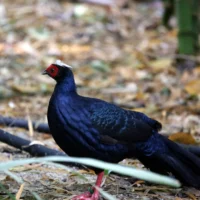This is the smallest subspecies of tiger, weighing a maximum of only 140 kilograms. Despite this, they can take down prey up to four times their size, including small elephants, gaurs (large wild cattle) and tapirs, alongside smaller prey such as deer and monkeys. Cubs start hunting by themselves by eighteen months old – until then, they accompany their mothers on her hunts. Sumatran tigers have webbing between their paws, making them strong swimmers, and they sleep for up to twenty hours per day.
Fun Fact – Their whiskers can detect changes in air currents, helping the tiger to find food sources, judge distances and navigate small spaces!
-
Ecology
-
Threats
The primary threat to Sumatran tigers is organised, transnational poaching for their skin, bones and meat for trade and use in traditional medicine practices. Prey depletion is also an issue, forcing tigers to hunt closer to human settlements; this means they may predate on livestock, leading to human-wildlife conflict and retaliatory killings. Snares laid to catch pigs and deer can also injure tigers and other wildlife. Tiger habitat is also being lost to palm oil plantations, which isolates populations from each other; this means that inbreeding becomes more severe, which in turn leaves individuals more susceptible to diseases.
-
Conservation
The Global Tiger Initiative, a strategy which aims to double wild populations of every tiger species, was established in 2010. Actions resulting from this include habitat management, reducing poaching and illegal trade of tigers and engaging with local communities and indigenous communities. 20% of tiger habitats are now protected, although more action is needed to create wildlife corridors between populations. Nature’s SAFE stores samples to safeguard the future of this endangered flagship species.

Fundraise for us
Sponsor a Fundraising Hero embarking on a challenge, or plan your own fundraiser to support us.
Get Started
Corporate participation
Explore opportunities to develop a corporate partnership with us.
Get Started
Mandrill
Total Population: Unknown

Komodo dragon
Total Population: Around 3,500 in the wild

Black howler monkey
Total Population: Less than 5,000 in the wild

Patagonian Sea Lion
Total Population: 222,500 to 265,000 in the wild

Orange-headed thrush
Total Population: Unknown
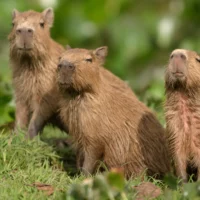
Capybara
Total Population: Unknown
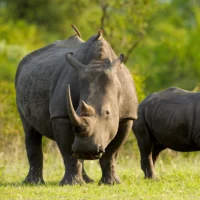
Southern white rhino
Total Population: Around 15,000 in the wild

Black tree monitor
Total Population: Unknown

Okapi
Total Population: Less than 25,000 in the wild

Hamerkop
Total Population: Unknown
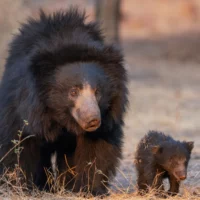
Sloth bear
Total Population: Less than 20,000 in the wild

Siamang Gibbon
Total Population: Around 22,000 in the wild

Scimitar-horned oryx
Total Population: Around 400 in the wild

African wild dog
Total Population: Around 6,600 in the wild
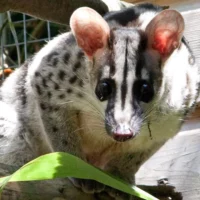
Owston’s palm civet
Total Population: Unknown

Bactrian camel
Total Population: Less than 1,000 in the wild

White naped mangabey
Total Population: Around 1,000 in the wild

Smew
Total Population: Around 80,000 in the wild

Red river hog
Total Population: Unknown
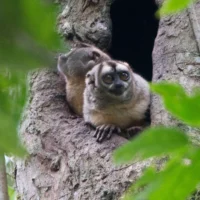
Spix’s night monkey
Total Population: Unknown

Nile Lechwe
Total Population: 30,000 - 40,000 in the wild




